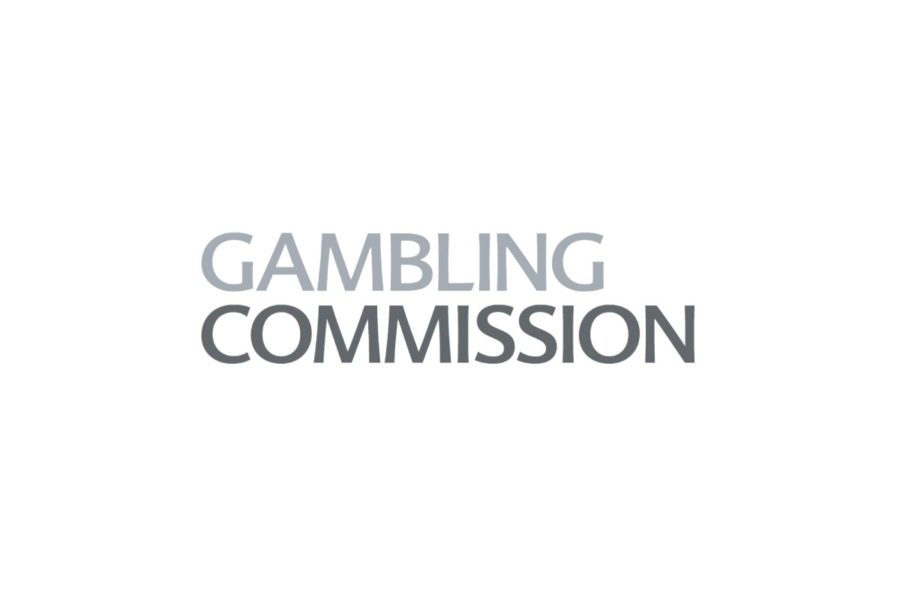British Gambling Commission provides statistics on market size and transformation

The Gambling Commission has formed an overview of changes to the gambling market since the impact of the Covid-19 pandemic.
UK.- The British regulator the Gambling Commission has published its latest report on statistics showing the size and transformation of the UK gambling market. It focused on the impact of macro trends on gambling behaviours as well as the impact of the Covid-19 pandemic.
The regulator reported that approximately 15 million people currently gamble on products licensed under the UK’s Gambling Act 2005, noting that this is around the same number of people who have visited a museum or gallery at least once in the last year.
However, the Gambling Commission stressed that it believed it was important “not to always consider the gambling sector as a uniform sector – from an industry or consumer perspective”. It noted that the sector comprises a diverse range of products used by a wide range of consumers.
“Consumers play on different products, for different experiences, in person and online – sometimes at the same time. Our research into why people gamble shows it can be an opportunity to socialise or a moment of ‘me time’. It can be a niche activity, or something engaged in by the mainstream,” the regulator said.
It noted the impact of macro trends such as the Covid-19 pandemic or the cost of living crisis created challenges for generalisation but identified a number of trends and challenges.
Trends in gambling participation and spending
The Gambling Commission observed that the number of people gambling, and the associated Gross Gambling Yield (GGY), had been relatively static up until the start of the Covid-19 pandemic in 2020. Participation stood at 32 per cent of the adult population between 2017 and 2019, and GGY increased 4 per cent between 2016-17 and 2018-19.
It noted that gambling, with the exception of bingo, was more popular among men than women, as it was when the Gambling Act 2005 was introduced. The age group most likely to participate in gambling was the 25 to 34-year-old group.
However, during the pandemic, GGY relating to products under the Gambling Act 2005 fell by around 16 per cent for the year to March 2021. The pandemic also made the difference between the number of men and women gambling much smaller: female gambling participation maintained its level while male participation dropped.
“In 2021, we saw that certain activities were more popular amongst females than males including society lotteries, scratchcards, fruit and slot machines in arcades and the National Lottery instant win games,” the regulator said. “The rate of gambling by the 25 to 34-year-old group decreased significantly to levels seen amongst other age groups.”
Since Covid-19 restrictions were lifted, the overall percentage of the adult population who gamble remains lower than it was pre-pandemic at 28 per cent. However, there are signs of a return to gambling among younger age groups aged 16 to 24 and among men gambling in retail. Industry GGY in 2021-22 was just 2 per cent below 2019-20.
The rise of online gambling
The Gambling Commission said the movement of consumers to online gambling had been a gradual and consistent trend that continued through the pandemic. It said that spending seemed to have increased more quickly than the number of consumers.
In September 2022, data from the Gambling Commission’s quarterly telephone survey saw the proportion of adults gambling online (18 per cent) equal the proportion of people gambling in person (18 per cent) for the first time. Five years earlier, in-person rates were approximately double online participation rates. But despite the increase, the online gambling participation rate has not yet reached the level of in-person participation before the pandemic, which was 24.4 per cent in 2019.
The pandemic period saw a shift from retail to online play for the National Lottery. But for products under the Gambling Act 2005, the trend of a long-term gradual increase in online participation, rather than a spike, continued. The increase during the period was driven mainly by women rather than men – from 13.2 per cent in September 2019 to 17.2 per cent in September 2022. Male participation has been static for the last four years.
Likewise, there has been an increase in the share of GGY generated from online gambling – from 42 per cent of GGY in 2015-16 compared to 61 per cent in 2021-22 (excluding the National Lottery). In terms of product, there has been significant growth in the GGY generated by online slots over the same period from nearly £1.6bn in 2015-16 to nearly £3bn in 2021-22. The rate of increase in spending has always been higher than that of participation.
The current state of land-based gambling
Although the popularity of gambling in person has declined, it remains a significant part of the sector and is showing signs of recovery, the regulator said. Two of the most popular gambling activities in 2007 were in-person horse racing betting (17 per cent of UK adults) and retail slot machines (14 per cent). But by 2018, the Health Survey for England showed that the proportion who bet on horses in retail was lower at 8 per cent and in-person slot machines participation was 6 per cent.
The level of GGY has also decreased. Retail betting and bingo saw decreases of 36 per cent and 44 per cent respectively between 2015-16 and 2021-22. However, retail is still a significant contributor to gambling activity, with retail betting alone accounting for 20 per cent of total GGY in 2021-22 (excluding the National Lottery). In-person participation in gambling actually increased in September 2022 compared to September 2021, particularly among male and younger adults up to the age of 24 years old.
Online gambling as a digital sector
The Gambling Commission recognised that online gambling is firmly part of the wider digital ecosystem in terms of consumer expectations and operator delivery. It said that rather than a clear distinction as with retail premises, gambling, in particular online, is now just another digital sector.
It said part of the change had been driven by a consumer expectation of frictionless play that matches experience in other sectors. This is shown most clearly in the move to mobile. Ofcom data shows that adult internet users in the UK spend four hours online per day, with three of those hours spent on smartphones. Data from the Commission’s online tracker survey in 2021 shows that 60 per cent of online gamblers have used a mobile phone to gamble.
The regulator noted that digital had transformed product delivery in terms of speed and volume of products to market and the potential for non-traditional operators to get involved in the sector. Mobile technology has transformed traditional ‘destination gambling’ (like betting and bingo) to function similarly to instant win games in terms of ease and/or convenience of play. In 2021, three in ten online bettors had bet in-play in the last seven days, with a further 30 per cent of online bettors having done so in the last four weeks.
Digital has also transformed the way in which operators engage with consumers, whether that is as a brand or as how they apply marketing, in a personal, targeted way. This is becoming more refined and increasingly data-powered, the regulator said.
“Consumers crave more personalised brand relationships and experiences across channels, with nearly half of Great British consumers surveyed stating they would like it if recommendations were better tailored to what they like and are interested in.” However, the regulator added: “This can also impact young people who engage in similar spaces even if they can’t transact. Increased personalisation can also bring risk to vulnerable individuals.”
The regulator saw an impact on the sector supply chain too, which it said was growing in complexity to include big data suppliers, test houses, authentication and fraud detection and advanced human and/or machine interfaces. It also noted that the removal of the environmental barriers of retail gambling had impacted the visibility and convenience of gambling behaviour since it can be done privately without peer judgement or intervention.
Earlier in the month, the Gambling Commission released its 2022 Young People and Gambling Report, an annual study that aims to understand young people’s exposure to, and involvement in, all types of gambling. The regulator says it uses the results to better protect this age group from harm.
This year’s study found that 31 per cent of children (under 16s) said they had spent their own money on gambling in the last 12 months. The vast majority indicated their gambling was legal or did not include age-restricted products.
Examples included playing arcade gaming machines, which include penny pusher or claw grab machines (22 per cent), placing a bet for money between friends or family (15 per cent), or playing cards with friends or family for money (5 per cent).
The British data watchdog, the Information Commissioner’s Office (ICO), has reprimanded the Department for Education (DfE) over the misuse of the personal data of 28 million children. Data from academic records ended up being used for age-screening services for gambling.











